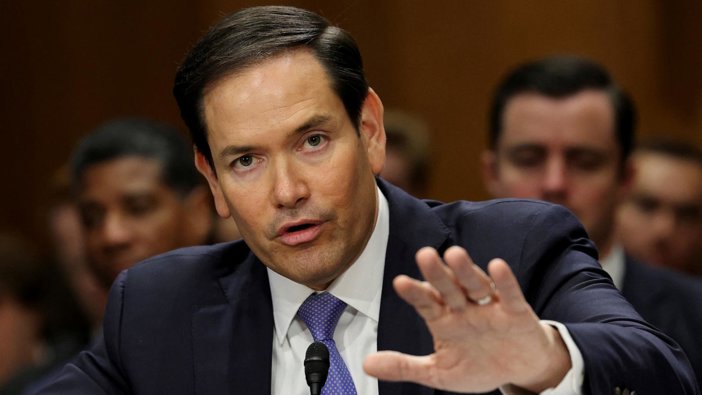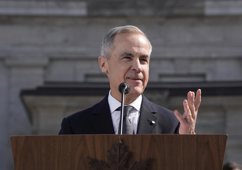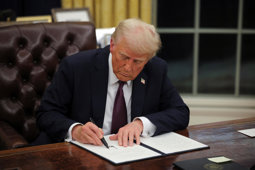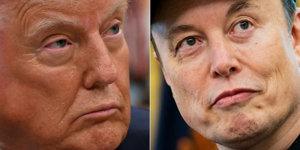
Rubio Unveils Major State Dept Restructure
Secretary Marco Rubio announces a major reorganization of the State Department, cutting 311 offices and empowering embassies.
Largest Department Overhaul Since Cold War Aims to Streamline Diplomacy
Secretary of State Marco Rubio is spearheading the most significant reorganization of the U.S. State Department in decades, with plans to eliminate or merge over 300 domestic offices. The move is part of a sweeping effort to streamline operations and enhance the agency’s focus on global diplomacy, agency officials confirmed Thursday.
The overhaul, which Rubio initially outlined in April, comes in response to what he described as a department that had become “bloated, bureaucratic, and unable to perform its essential diplomatic mission.” The department formally submitted its reorganization notice to Congress this week, outlining reductions and structural changes expected to be implemented by July 1.
Under the new structure, 311 domestic offices will be cut or consolidated, affecting an estimated 3,400 employees—approximately 15% to 20% of the department’s domestic workforce. The reorganization touches over 40% of the department’s nearly 700 domestic offices, according to internal briefings.
“We’re trying to shrink offices rather than create them,” a senior department official said, adding that the changes aim to eliminate unnecessary bureaucracy and give more operational control to U.S. embassies abroad. The reforms are designed to reduce internal bottlenecks, especially those caused by the agency’s historically horizontal reporting structure.
Reimagining the Department: From Cuts to New Missions
While the plan reduces existing offices, it also establishes several new bureaus aimed at advancing administration priorities. These include a bureau of emerging threats to handle issues such as artificial intelligence, hypersonic weapons, and space-based risks. A deputy assistant secretary position for democracy and Western values is also being created, alongside new immigration security roles under the Bureau of Population, Refugees, and Migration.
Rubio emphasized that the restructuring is not a budget-cutting exercise but a realignment to improve functionality. “We are empowering ideas and action at the embassy level and through our regional bureaus,” he told members of the Senate Appropriations Subcommittee on May 20. “Those are literally the front lines of American diplomacy.”
He noted that embassies are often quicker to identify diplomatic challenges and opportunities than Washington headquarters. By redistributing authority, the department hopes to accelerate policy implementation and better align resources with on-the-ground realities.
In practice, regional bureau offices will assume greater responsibility, including overseeing nearly all non-security foreign assistance. This redistribution is intended to give field diplomats more flexibility to act swiftly in dynamic geopolitical environments.
Despite broad support among department leadership, the reorganization has met some skepticism. Senator Jeanne Shaheen of New Hampshire, the ranking member of the Senate Foreign Relations Committee, warned in April that reforms must be carefully assessed for their potential impact on national security and global leadership. “It remains to be seen how the administration’s latest proposals will achieve that goal,” she said.
With implementation scheduled for July 1, the department’s domestic offices—ranging from Boston to San Francisco—await formal notices about staffing changes. Staff updates on reductions in force are expected soon.
As the reforms unfold, the State Department signals a shift in focus: from bureaucratic sprawl to frontline engagement, with a structure built to support “America First” diplomacy and agile response to global threats.






